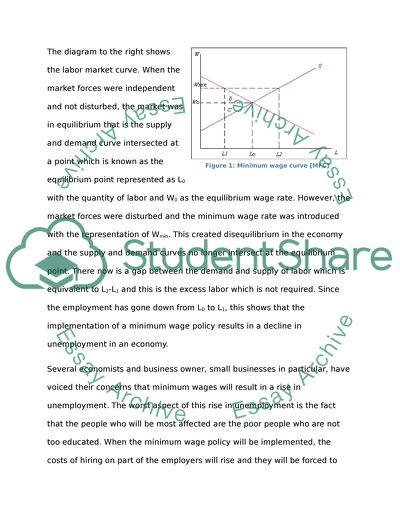Cite this document
(“Explain how the introduction of a minimum wage may affect the level of Essay”, n.d.)
Explain how the introduction of a minimum wage may affect the level of Essay. Retrieved from https://studentshare.org/macro-microeconomics/1461010-explain-how-the-introduction-of-a-minimum-wage-may
Explain how the introduction of a minimum wage may affect the level of Essay. Retrieved from https://studentshare.org/macro-microeconomics/1461010-explain-how-the-introduction-of-a-minimum-wage-may
(Explain How the Introduction of a Minimum Wage May Affect the Level of Essay)
Explain How the Introduction of a Minimum Wage May Affect the Level of Essay. https://studentshare.org/macro-microeconomics/1461010-explain-how-the-introduction-of-a-minimum-wage-may.
Explain How the Introduction of a Minimum Wage May Affect the Level of Essay. https://studentshare.org/macro-microeconomics/1461010-explain-how-the-introduction-of-a-minimum-wage-may.
“Explain How the Introduction of a Minimum Wage May Affect the Level of Essay”, n.d. https://studentshare.org/macro-microeconomics/1461010-explain-how-the-introduction-of-a-minimum-wage-may.


